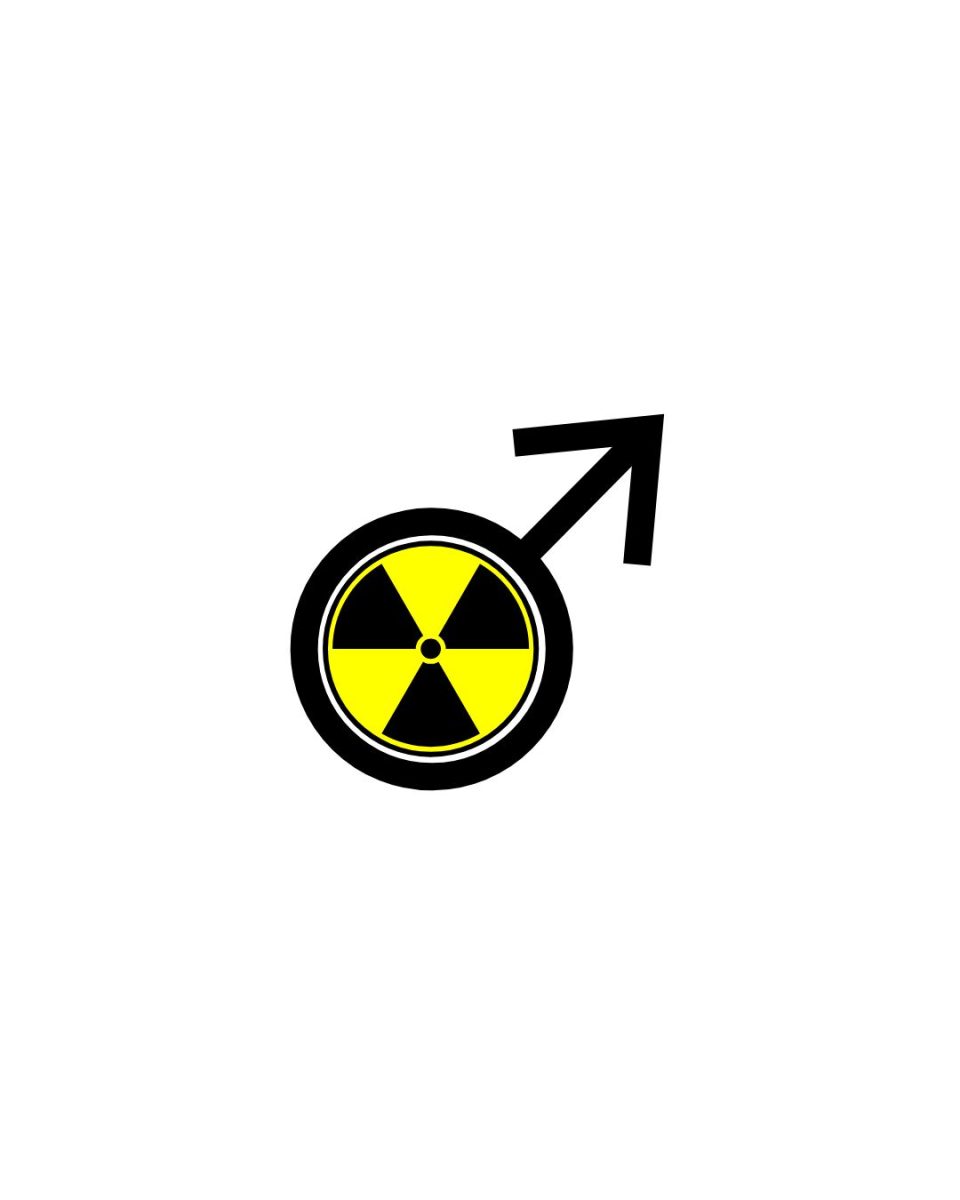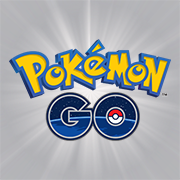For a time, it seemed as if finding people glued to their phones catching virtual monsters in Niantic Labs’ Pokémon Go would be as common a sight as any.
Pokémon Go, released July 7, allows players to catch Pokémon in the real world by using GPS data and to virtually battle over different locations for three different teams. The app boasted record numbers since its launch, surpassing the 75 million download mark by the end of July.
However, as the fall semester begins at a university with more than 40 PokéStops and five gyms for trainers to battle over – including a statue of the university’s namesake, the late Henry Rowan – the amount of trainers in and around Rowan University has dropped significantly.
“I lived in the woods when it first came out and realistically only played for like two weeks before I realized there was no point because it is entirely city-centered, and I was too low level to really play and then quickly out of Pokéballs,” said senior elementary education and writing arts major Katie Beato.
“When I look at the gyms, the [power level] of every Pokémon have more digits than anything I’ve seen, and the game itself drains battery,” Beato continued. “I love the concept, I just wish it wasn’t so battery heavy and that I could battle my friends.”
The delayed release of the Pokémon Go Plus, a smartwatch-esque device that allows trainers to catch Pokémon and gain items for PokéStops without the use of their mobile devices, might also be to blame for the game’s dwindling usage rate.
“My friends started to lose interest when the three-step glitch happened, but I didn’t mind that too much and I kept playing,” junior radio, television, and film and writing arts major Shannon Farrell said, citing a glitch where the footsteps used to track Pokemon’s distance completely disappeared.
It was at that same time that Niantic Labs had PokéVision shut down, a third-party website that relied on the app’s data to show Pokémon locations where the game would not.
“Part of the fun was also the group experience of playing with my friends and since that was no longer happening combined with everything else, I wasn’t very motivated to stick around,” Farrell added.
For the devoted fans of the Pokémon series, the lack of content compared to the handheld games can also be attributed to the loss of interest in the mobile app. While the series itself has over 700 Pokémon in its most recent versions “Pokémon: Omega Ruby” and “Pokémon: Alpha Sapphire,” Pokémon Go only has the original 151 creatures able to be caught – not counting region-exclusive or ‘legendary’ Pokémon who have yet to be released.
“I think it was meant to appeal to the group of people who loved Pokémon as kids but weren’t really too into it outside of playing a game or two. I’ve always loved Pokémon so for me it’s not that big of a deal if it fades out; there’s a lot more depth in the mainstream titles that’s just lost in ‘Go,’” junior music education major John Andrelczyk said.
While the mainstream Pokémon games may still provide ample opportunities to catch them all, it’s becoming apparent that Niantic Labs’ app will be nothing more than a passing trend.
For comments/questions about this story, email [email protected] or tweet @TheWhitOnline.

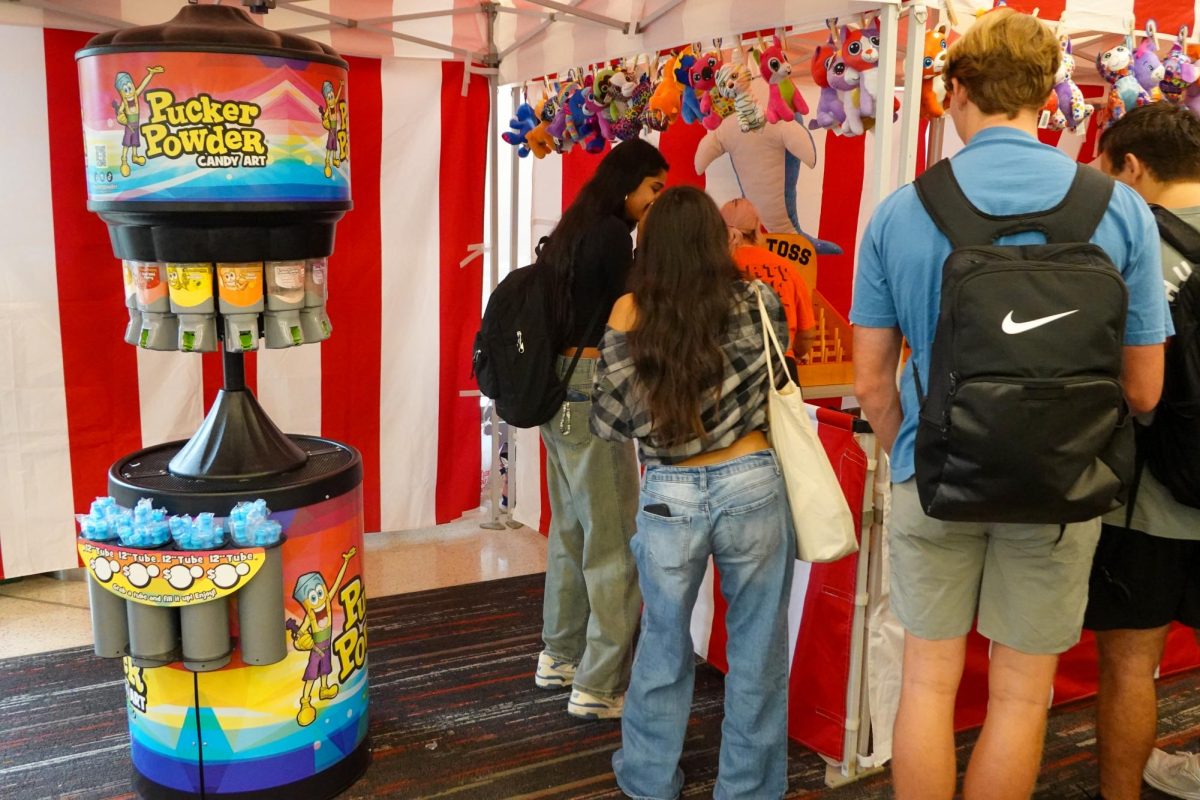


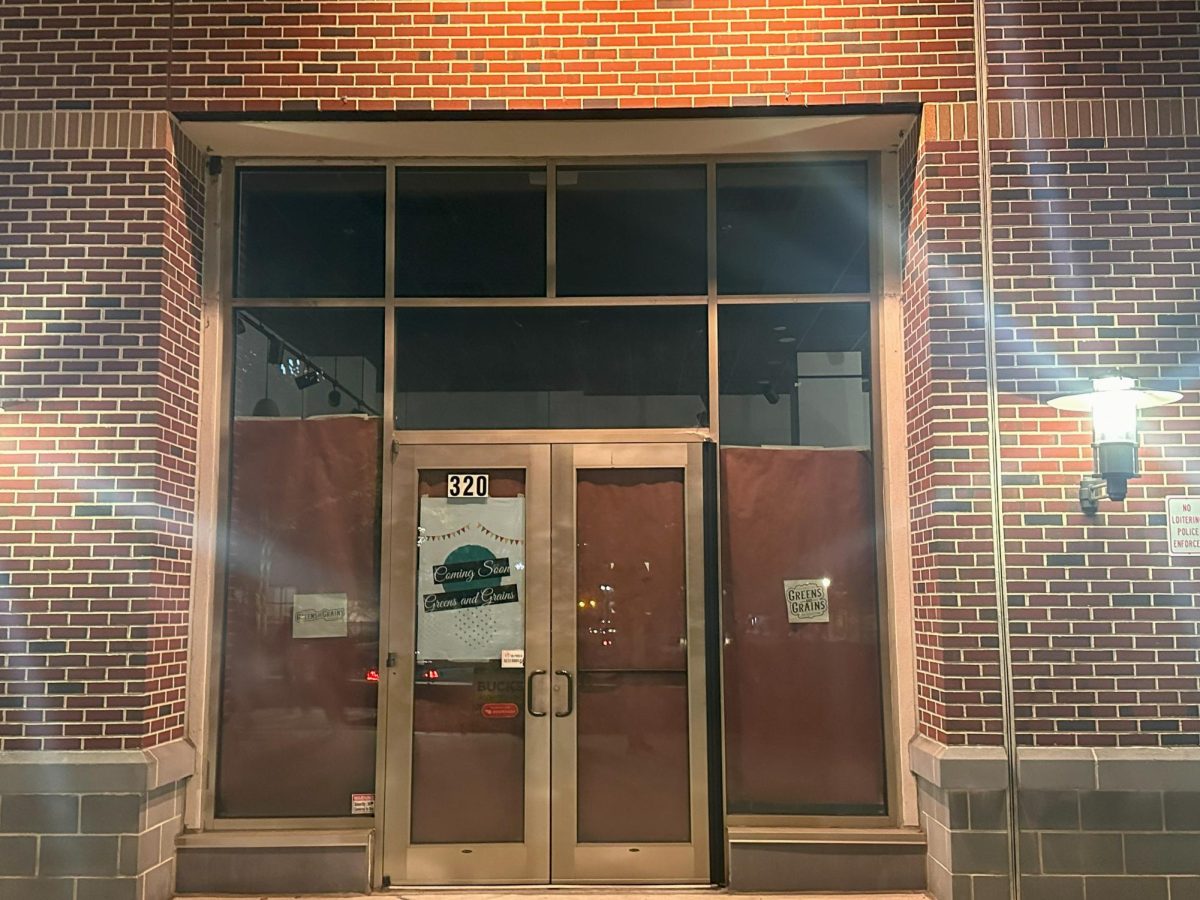



















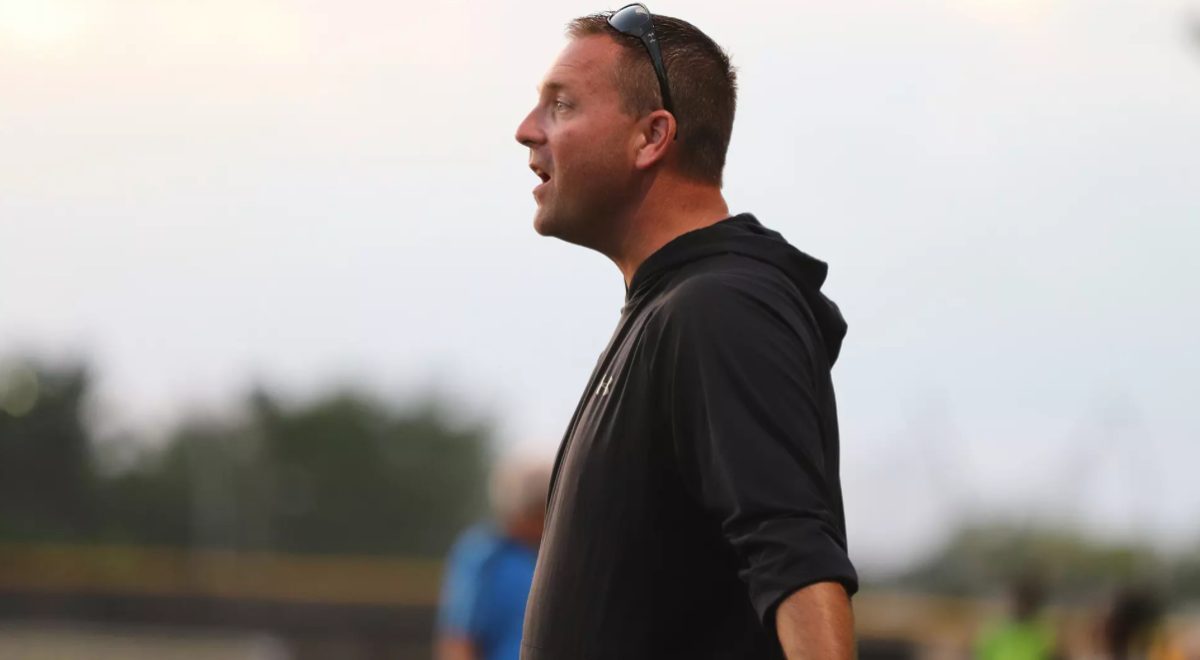






























































































































!["Working with [Dr. Lynch] is always a learning experience for me. She is a treasure,” said Thomas. - Staff Writer / Kacie Scibilia](https://thewhitonline.com/wp-content/uploads/2025/04/choir-1-1200x694.jpg)













